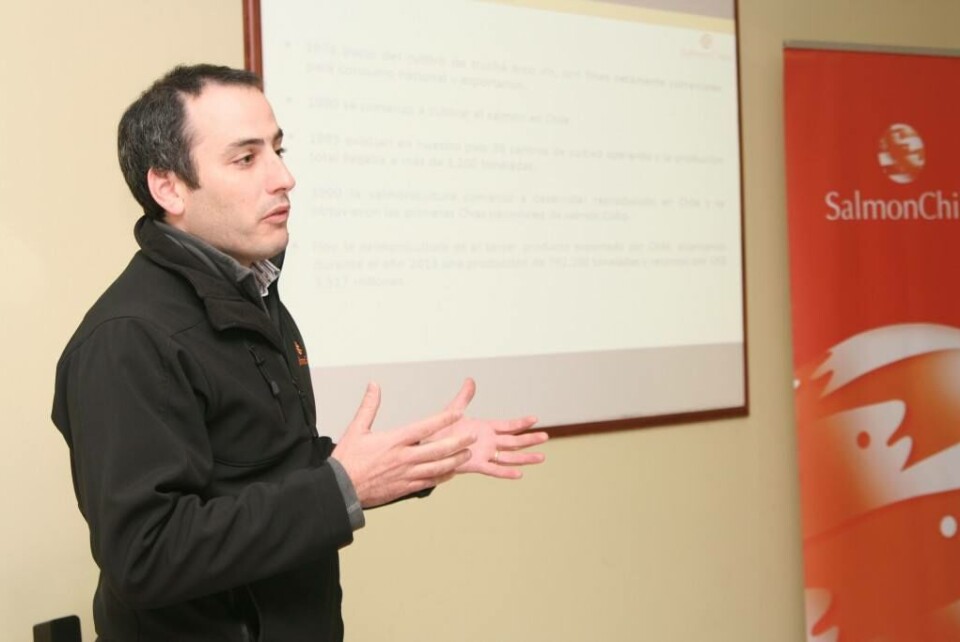
Sustainability benchmark set
Members of Salmonchile published their first ever sustainability report last week, in a bid to improve transparency and enhance their reputation both at home and abroad.
The trade body represents 16 of the 21 main producers in Chile and, among other themes, the publication includes information regarding fish health, production efficiency and social impact.
The data covers 2013-2015, and reports on the main environmental, health, social and labour indicators of the sector in an integrated way, as well as featuring the data from each member company.
On publishing the report, Felipe Manterola, manager of Salmonchile, said: "This has been a year of many incidents that have affected the industry's reputation…In this report, we first recognize what has been done in the 30 years of the salmon industry, a productive sector that has brought new life to the south of Chile, in terms of both economic and human development...But we realize that the next 30 years we will have to change our focus and oversee a paradigm shift regarding our relationship with society. The value of transparency is fundamental."
And, he added that the report was going to become a regular and essential part of Salmonchile’s existence as well as enhancing the industry’s international image – since Chilean salmon is currently exported to 75 countries.
The report states that salmon farming is the third most important activity in the country, and the most important in the south – generating more than 71,000 jobs and encompassing more than 4,000 small and medium-sized enterprises. Currently, it represents 6% of the country's exports, 84% of seafood exports and 36% of food exports.
"The publication of this report makes us very happy, because for the first time the industry fully shows its different impacts. As an industry we are in the process of change. We want to adapt to the new times, where we know that the demands are deeper, that is why we want to be transparent and close with our communities. This new deal seeks to raise awareness of what we represent," explained Felipe Sandoval, President of Salmonchile.
Lice and treatment levels
Among other topics, the report reveals that in 2015 the average number of Caligus per salmon sampled was 2.78. In terms of medicinal treatments, for every 1,000 kilograms of harvested salmon, 6.2 grams of antiparasitic therapeutants were used to control Caligus.
Moreover, the report includes the Antiparasitic Treatments Index (ITC), which summarizes the amount of antiparasitic treatments (oral or bath) that were used per month in a culture cycle. In 2015, 0.2 treatments were done per month of cultivation, which is equivalent to 1 antiparasitic treatment every five months of cultivation.






















































